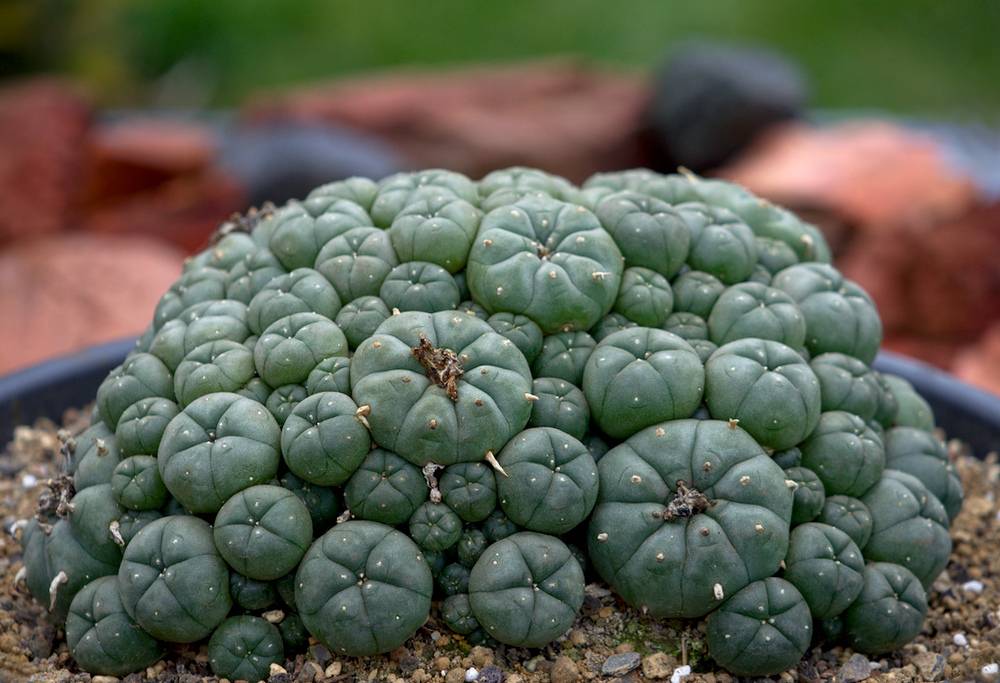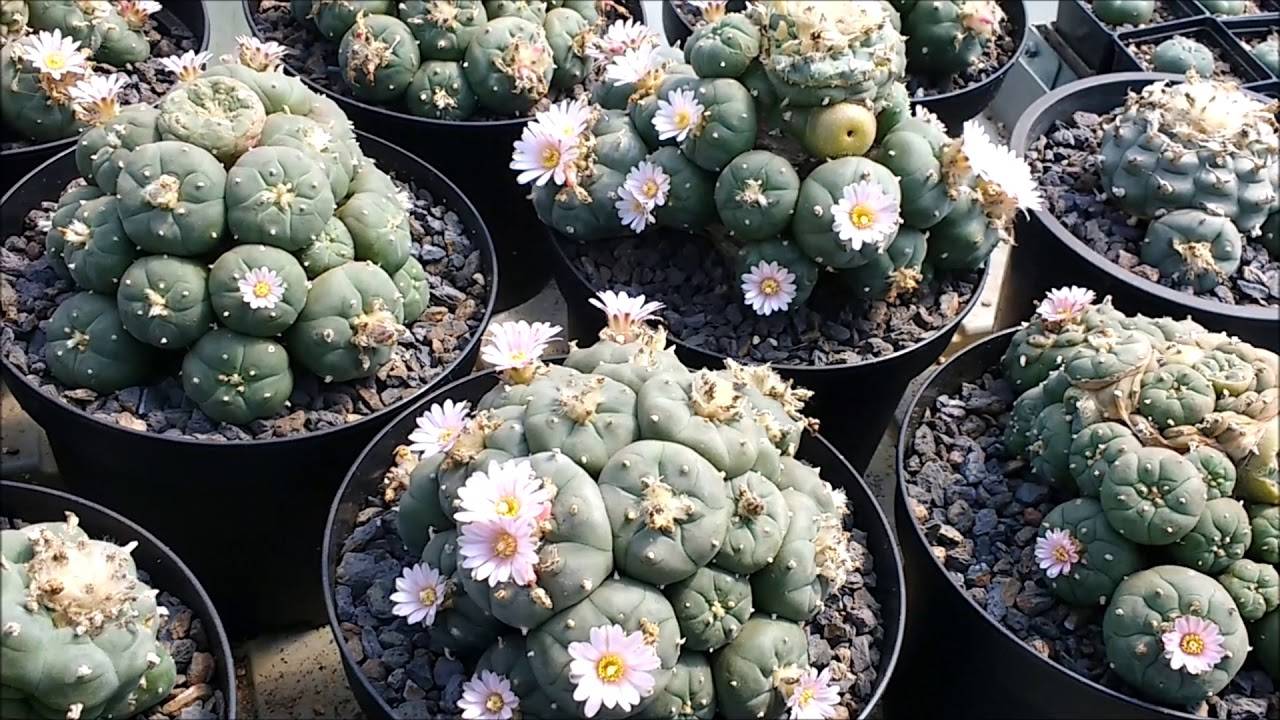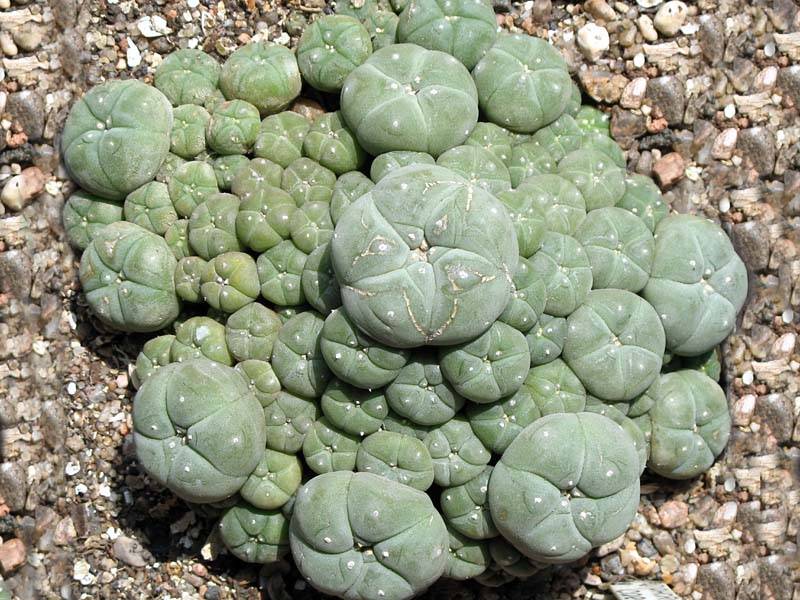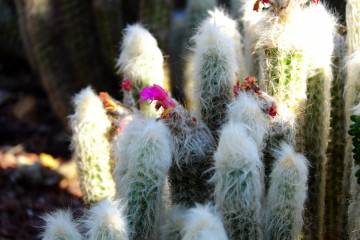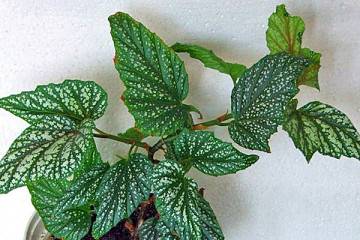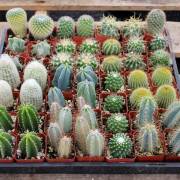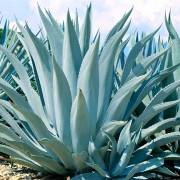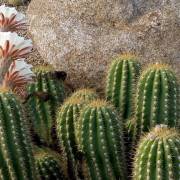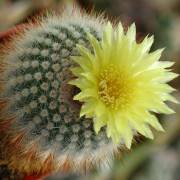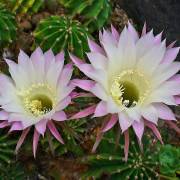Cactus Lophophora Williamsii - planting and care at home
Content:
For more than a decade, cacti have been very popular. These amazing and unique plants come in many varieties. One of them is a representative of the flora - the Mexican cactus Lophophora Williams, which was formerly also known as peyote and lophophora fricii.
What Lofofor Williams looks like
Under natural conditions, this succulent grows on small hills surrounded by shrubs. Outwardly, a representative of this variety resembles a slightly flattened dense ball. Its surface is blue-green in color, smooth and pleasant to the touch. The diameter of the ball can be up to 150 millimeters.
The surface of the plant is bumpy with an areola located in the center of each segment. During the flowering period, a medium-sized tubular bud appears on the cactus, the shade of which can vary from pastel to bright red. After flowering, a red-pink fruit with a diameter of about 20 millimeters is formed on the plant.
The root system of the cactus is very powerful. It doesn't even yield to the stem.
Lophophora Williamsii is a slow growing and fastidious species. The plant grows only 5 mm per year.
The homeland of the cactus is Mexico. It belongs to plants from the Cactus family. Juice has an amazing property. It contains mescaline, which has a therapeutic effect in minimal doses. But if used incorrectly, this component can cause a hallucinogenic effect or even severe poisoning.
Home care
In order for a cactus to grow and develop successfully, it needs to provide optimal living conditions.
Temperature
The temperature regime that must be maintained in the room where this succulent grows depends on the seasonality.
- In the warm season, it is necessary to provide the plant with moderate temperatures. The flower feels most comfortable when the air is warmed up to 20 degrees.
- In winter, it is required to significantly reduce the indicators. The air temperature in the cold season should be about 10 degrees on average.
Lighting
For Lofofora Williams, artificially diffused, but bright lighting is ideal.
Experienced growers do not recommend placing a pot with this flower in direct sunlight, since in this case the color of the plant may change and its growth will significantly slow down.
Watering
Watering the Lofofor Williams cactus is determined by several factors. First of all, the condition of the soil, as well as the season and the air temperature in the room.
Experts advise to moisten the soil during the warm period after two days of complete drying after the previous watering.
At the end of September, watering completely stops, as otherwise it can lead to the appearance of rot. Watering the flower again begins only in March.
Spraying and moisture
Spraying the cactus and increasing the humidity level is not worth it.
As practice shows, the flower, on the contrary, begins to feel better when the humidity level in the room decreases.
Priming
It is best to take soil for cultivation with neutral acidity.
The ground should be loose. This can be achieved by mixing the soil with loosening agents and nutrients.
Top dressing
It is recommended to feed the plant during the growing season. For this, special fertilizers for cacti should be used.
They are brought in once every 4 weeks.
Features of care in winter and during rest
The dormant period of the cactus lasts from October to April.
During this period of time, the plant should provide an air temperature in the range of 5 to 10 degrees. It is recommended to stop watering.
When and how it blooms
The Lophophore Williams cactus blooms throughout the summer. The flowering period is from June to September inclusive.
The flowers are located at the top of the stem and most often have a pale pink tint.
During this period, the plant should create the most calm conditions. It is not recommended to move the flower pot to another location. There is no need to create stressful situations and it is worth limiting watering.
How Lofofora Williams reproduces
The plant species Lophophora Williamsii reproduces by seeds and babies. The process of reproduction using seeds is extremely simple: you need to purchase them and plant them in the ground.
For the reproduction of peyote by children, it is necessary to separate the processes from the mother's body in the fall. Prepare a wide container filled with perlite and place the children there. In winter, children should be looked after in the same way as an adult plant.
In the spring, the children on which the roots will appear need to be transplanted into permanent pots.
Transfer
Transplanting adult plants is necessary at the beginning of the growing season.
- The frequency of transplantation should be at least 3 years.
- Young plants, the age of which does not exceed three years, are recommended to be replanted every year.
To transplant a plant, it must be carefully removed from the pot. Pour a drainage layer on the bottom of a new container, then soil and place the cactus so that the roots look straight down. Then sprinkle the plant with earth and compact.
The succulent pot must be covered with foil or placed in a place with high humidity. 14 days after transplanting, the cactus must be watered.
Possible growing problems and diseases
This cacti get sick and suffer from parasites relatively rarely. If you follow all the rules of cultivation and take care of the plant according to the recommendations of experienced specialists, then there will be no problems.
Problems can arise with improper care. For example, when over-watered, a flowering cactus will rot.
For cactus lovers, a plant called Lofofora Williams is of particular interest. Its unusual appearance leaves no one indifferent. But, on the territory of Russia, the cultivation of this cactus is prohibited, since it contains a narcotic substance alkaloid mescaline, which causes auditory and visual hallucinations.
